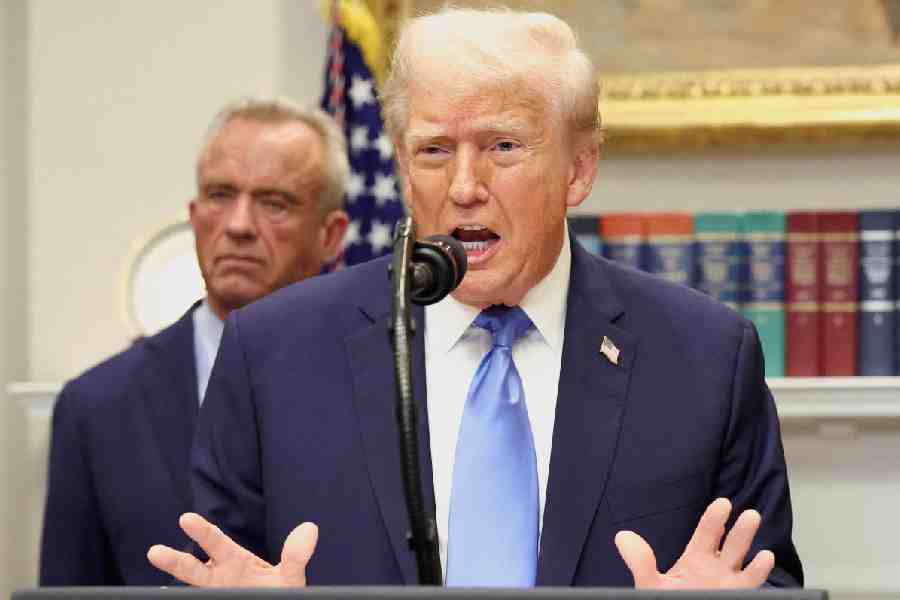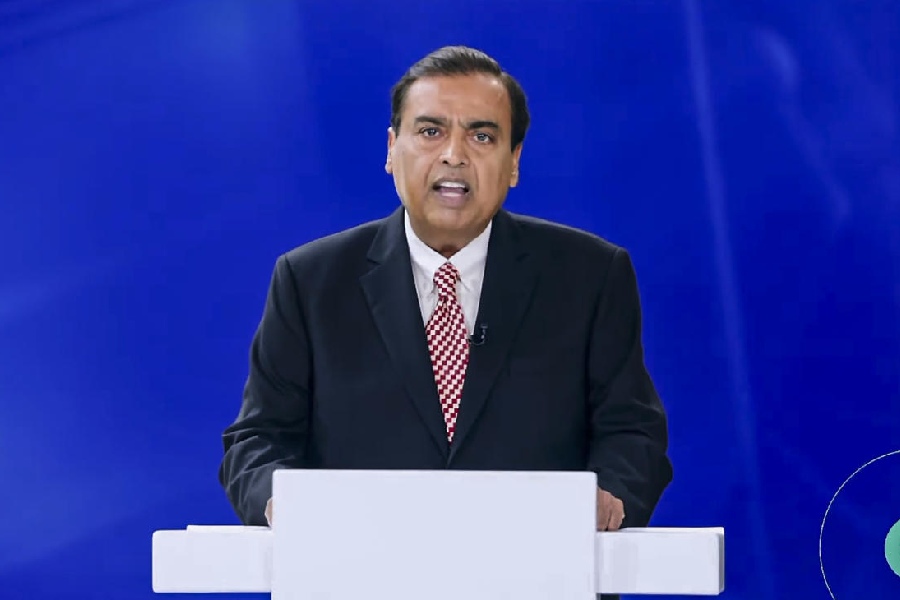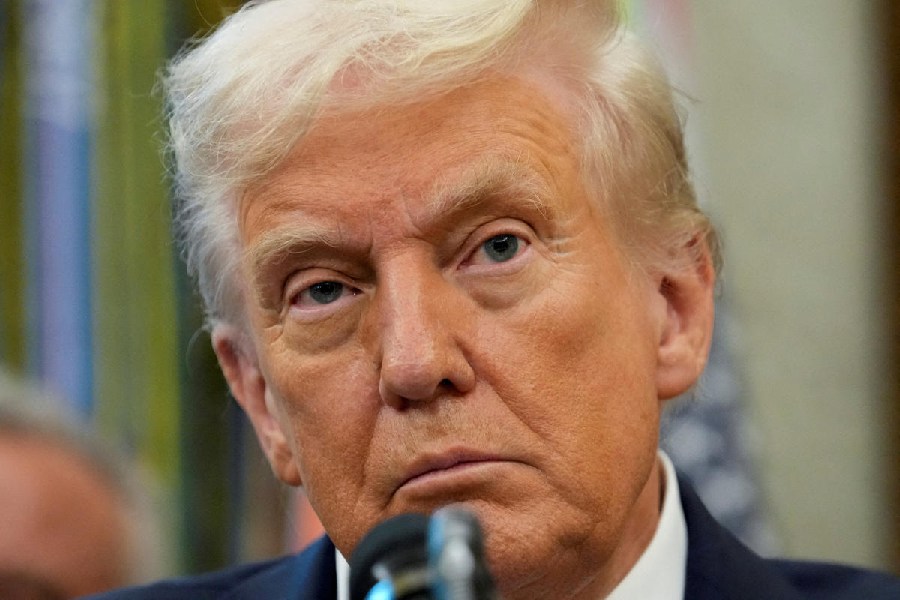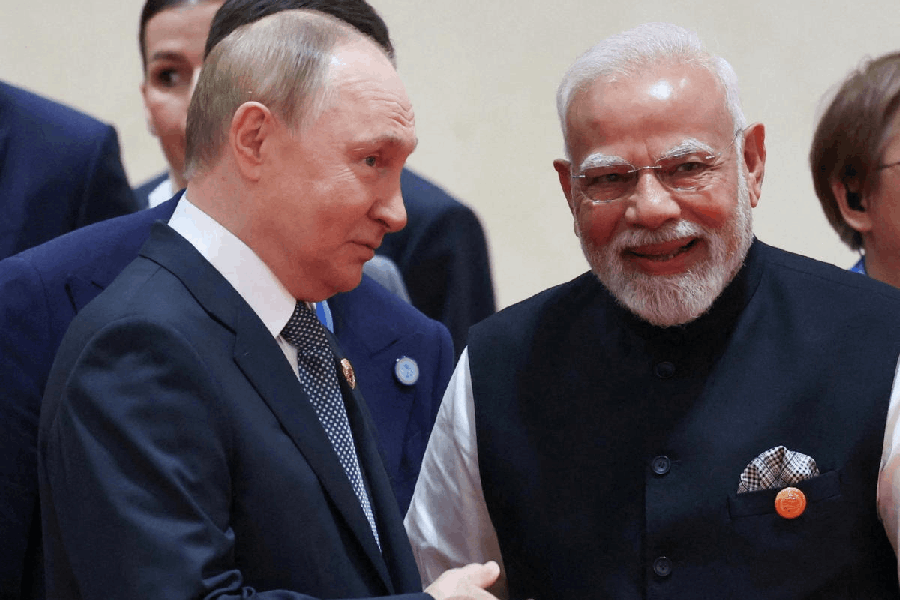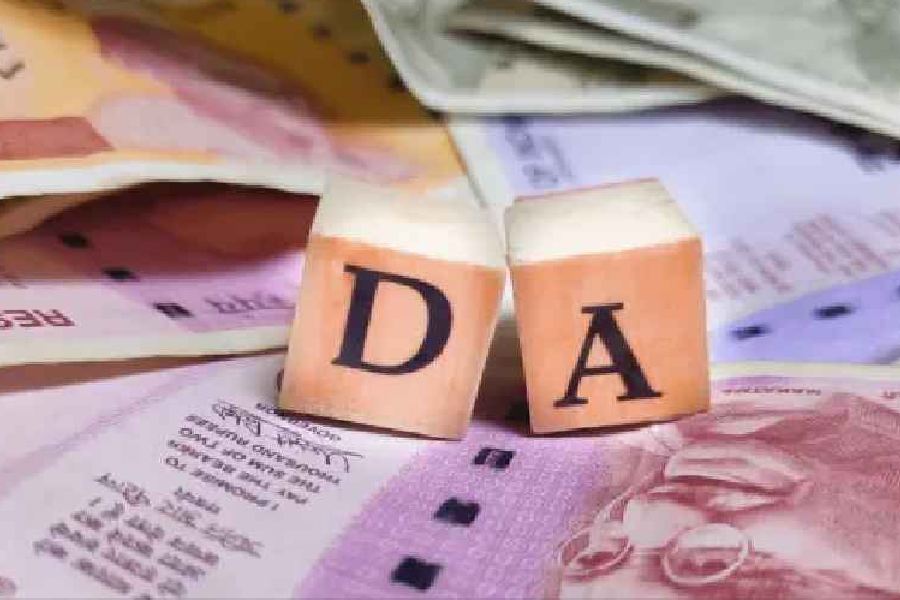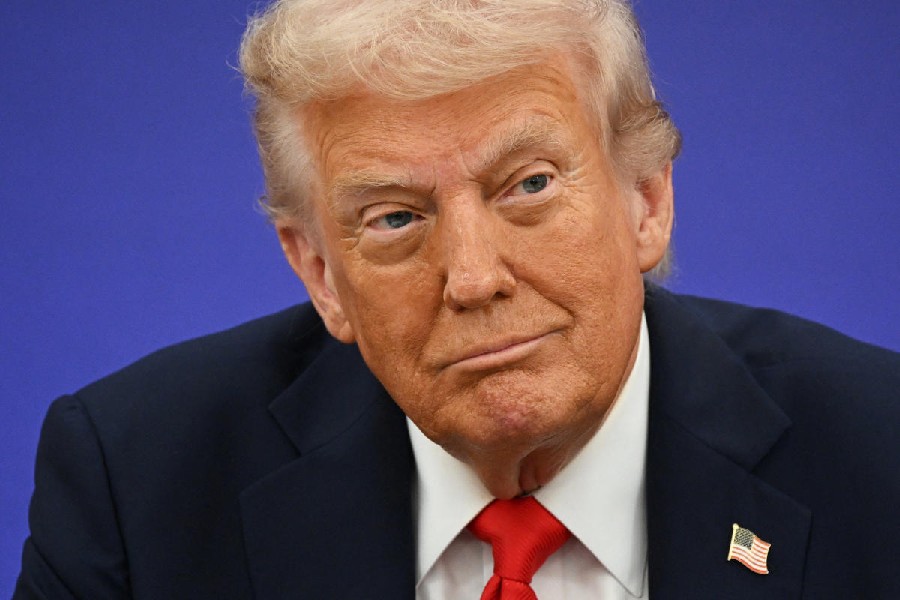Ranchi, Dec. 5: Missed the bus? Run solo.
The state government is now planning to create model colleges in all its backward areas after it failed to cash in on the University Grants Commission’s (UGC) initiative to launch 12 sanctioned colleges in Jharkhand under the 11th Five-Year Plan.
The state government’s initiative, to be executed through public-private partnership (PPP) mode, will increase the enrolment ratio in higher education and thus boost the literacy ratio of the state.
“We are trying to develop model colleges under PPP mode in all the under-developed districts of the state, which will not only render better education but also help in increasing the gross enrolment ratio,” said HRD secretary Mridula Sinha.
Sinha said the exact number of colleges were yet to be decided as the department was engaged in formulating details. She added HRD minister Baidyanath Ram would chair a meeting on Tuesday to chalk out future plans.
In 2008, UGC had sanctioned altogether 374 colleges across the country, which were to be completed by 2012. Twelve colleges were sanctioned for Jharkhand.
According to Sinha, paucity of funds were to be blamed. “Although it was a noble initiative, funds for the massive education boosting spree were not sufficient. Around Rs 10 crore was sanctioned for the project, out of which the Centre was to bear one-third of the cost and the state government the rest,” said Sinha.
UGC statistics suggest that India’s gross enrolment ratio of 11 per cent is very low compared to the world average of 23 per cent, 36.5 per cent for countries in transition and 55 per cent for developed countries. Of the 584 districts in the country, the enrolment ratio is lower than the national average in 373 districts — mostly tribal and backward.
Though the literacy rate of Jharkhand is 69 per cent according to 2001 census, Jharkhand’s enrolment ratio is around eight per cent, three per cent lower than the national average.
Sinha said the state was actively working on the lines of increasing the ratio, but it would take some time to improve. “Once we set up the new colleges, the enrolment ratio will automatically improve. Our aim is to set up colleges in areas where students have to forego higher education because they either can’t afford it or because the nearest colleges are too far,” Sinha said.
The gross enrolment ratio gives a rough indication of the level of education from kindergarten to postgraduate education amongst residents in a given jurisdiction.
The formula to define the ratio is “all enrolled in post higher secondary classes divided by the total population in the 18 to 23 age bracket and multiplied by 100”.


